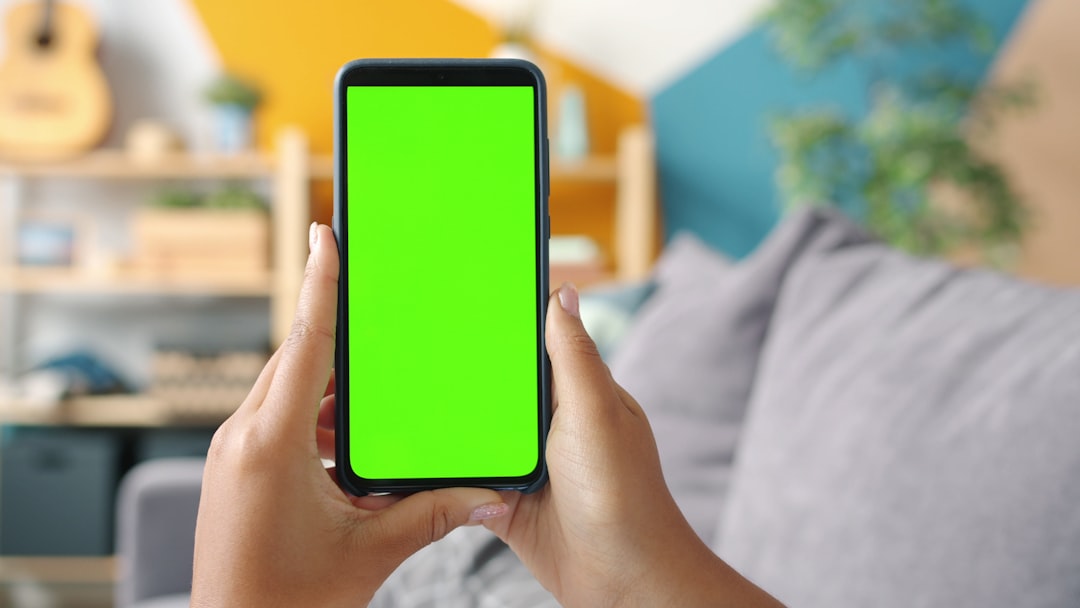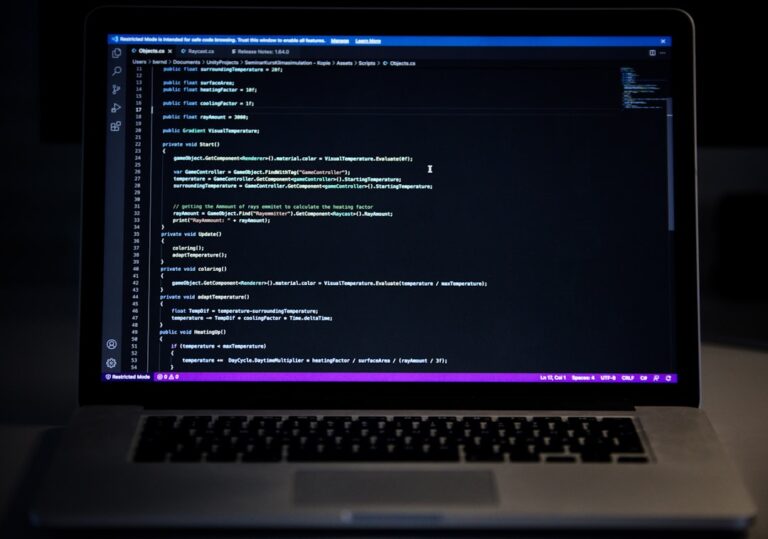Creating a mobile app MVP in just 4 weeks is a challenge that can be achieved with the right approach. Discover how to effectively plan and execute this process to gain a competitive edge in a rapidly evolving market.
What is an MVP and why is it important?
Minimal Viable Product (MVP) is a version of a product with a minimal set of features that allows for market validation of a business idea. With an MVP, you can quickly and efficiently gauge user interest and gather valuable feedback.
Benefits of creating an MVP
- Fast time to market – An MVP allows for a quick product launch.
- Cost savings – Focusing on key features reduces development costs.
- User feedback – Enables quick adaptation of the app to real user needs.
Planning the MVP creation process
Planning is a crucial element in creating a mobile app MVP. Proper preparation allows for efficient project execution in a short time.
Defining goals and assumptions
- Determine main features – Focus on features essential for testing the idea.
- Market analysis – Research competition and user needs.
- Set budget and schedule – A realistic approach to resources and time is key.
Choosing technology and tools
Choosing the right technologies is crucial for the success of a mobile app MVP. Consider which platforms and tools will best meet your goals.
Mobile technologies
- iOS and Android – Decide whether to create a native, hybrid, or PWA app.
- Frameworks – Consider using frameworks like React Native or Flutter.
Automation tools
Utilizing tools for process automation can significantly speed up app development. We recommend checking out our article on automation and integration.
Project team and its role
A good team is the foundation of effective mobile app MVP creation. Key roles include:
Specialists and their tasks
- Product Owner – Responsible for product vision and feature priorities.
- UX/UI Designers – Create an intuitive user interface.
- Developers – Execute app coding.
- Testers – Ensure quality through functional and performance tests.
MVP creation process
Executing a mobile app MVP project in four weeks requires strict adherence to the schedule and effective time management.
Week 1: Planning and design
- Workshops with the team to define features and create prototypes.
- Preparation of mockups and initial interface designs.
Week 2: Start coding
- Begin work on the app’s backend and frontend.
- Regular progress reviews and ongoing adjustments.
Week 3: Implementation and testing
- Completing main features and API integration.
- Start of unit and integration testing.
Week 4: Testing and optimization
- Intensive testing and bug fixing.
- Performance optimization and preparation for deployment.
Deployment and feedback collection
After the development phase, effective deployment and gathering feedback from mobile app users is crucial.
Deployment strategy
- Platform choice – Decide whether deployment will be on Google Play, App Store, or both.
- Promotion – Prepare a marketing campaign to support the app launch.
Feedback collection and analysis
- Monitoring user ratings and reviews.
- Collecting analytical data on user behavior in the app.
Summary and next steps
Creating a mobile app MVP in four weeks is just the beginning. After deployment, focus on data analysis, app optimization, and planning future updates and features.
To learn more about the costs of app development in 2025, we invite you to our article: How much does it cost to create a mobile app in 2025?







